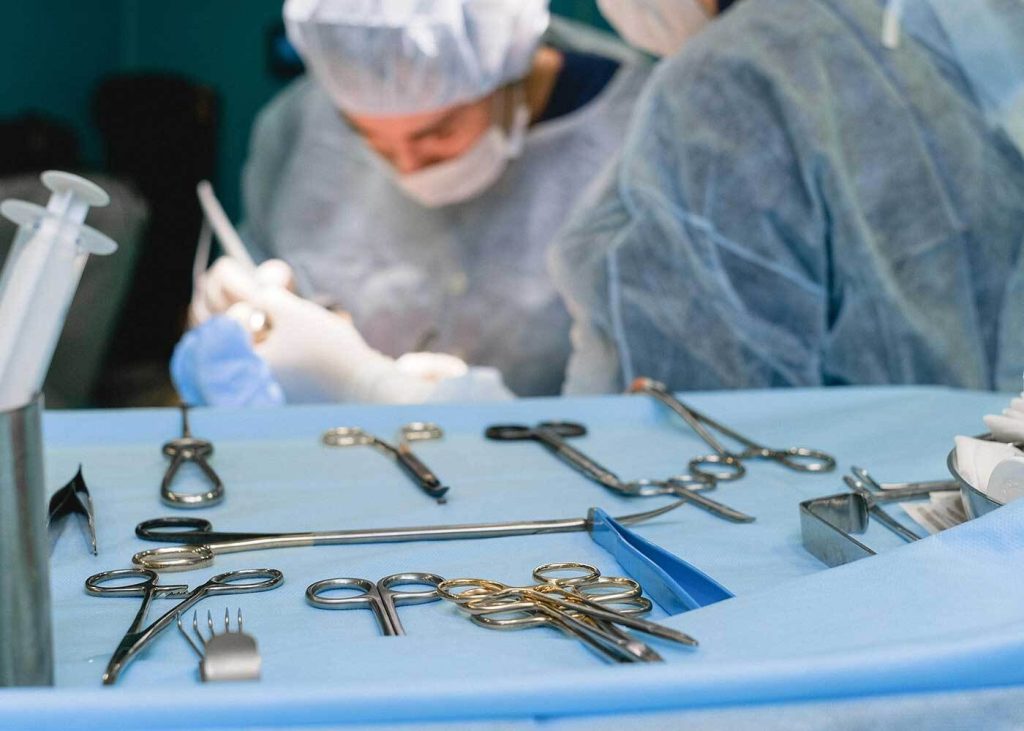Cardiac surgery is one of the most demanding disciplines in the medical field, requiring high precision, delicacy, and reliability. The surgical instruments used in cardiothoracic operations are diverse and highly specialized. Below is a detailed classification of commonly used instruments and their clinical applications:
1. Basic Surgical Instruments
These tools are essential for routine tissue handling and initial dissection during open-heart surgery.
- Scalpel: Used for incising the skin, chest wall, and pericardium. Common blade sizes (e.g., No.10, No.11) are selected based on the incision type.
- Scissors: Includes Metzenbaum scissors for soft tissue and Potts scissors for vascular incisions along vessels.
- Forceps: Examples include Adson and DeBakey forceps. DeBakey forceps are preferred for vascular tissue due to their atraumatic design.
- Hemostatic Clamps: Includes Kocher clamps (toothed) and Mosquito clamps (toothless), primarily used to control bleeding by clamping small vessels.
2. Vascular Instruments
These instruments are designed to manipulate and repair major and minor blood vessels with minimal trauma.
- Vascular Clamps:
- DeBakey Clamp: Designed for atraumatic clamping of large vessels such as the aorta or pulmonary artery.
- Satinsky Clamp: Allows partial occlusion of vessels during repair or anastomosis, preserving some blood flow.
- Vessel Dilators: Gradually expand the lumen of vessels to facilitate suturing and prevent tearing.
- Vascular Suturing Instruments:
- Include micro needle holders (e.g., Castroviejo, Mayo-Hegar types) and fine surgical needles;
- Often used with polypropylene (Prolene) non-absorbable sutures for anastomosis or patching of vascular walls.
3. Specialized Cardiac Instruments
These tools are tailored for handling delicate cardiac tissues and managing cardiopulmonary bypass (CPB).
- Pericardial Retractors: Such as the Cooley retractor, used to hold open the pericardium and expose the heart for operation.
- Cardiopulmonary Bypass Cannulation Devices:
- Include aortic cannulas, venous return tubes, and connectors for the heart-lung machine;
- Enable systemic perfusion during cardiac arrest or cardioplegia.
- Myocardial Clamps: Such as Bulldog clamps, used to temporarily occlude coronary arteries during bypass grafting or valve procedures.
4. Auxiliary Tools
These instruments support monitoring, precision, and control but do not directly perform cutting or suturing.
- Needle Holders:
- Castroviejo Type: Ideal for microsurgery, capable of holding ultra-fine sutures (as fine as 8-0 or smaller);
- Locking mechanisms help stabilize the needle during suturing.
- Cardiac Probes & Pressure Monitoring Devices:
- Probes are used to inspect patency of cardiac pathways;
- Pressure transducers measure intracardiac or arterial pressures intraoperatively to assess surgical outcomes.
In cardiac surgery, instruments serve as an extension of the surgeon’s hands. Their design emphasizes precision, safety, and tissue preservation. Each tool plays a unique, irreplaceable role. With technological advancements, smart and single-use sterile instruments are increasingly integrated into modern cardiac procedures, further enhancing surgical safety and outcomes.

